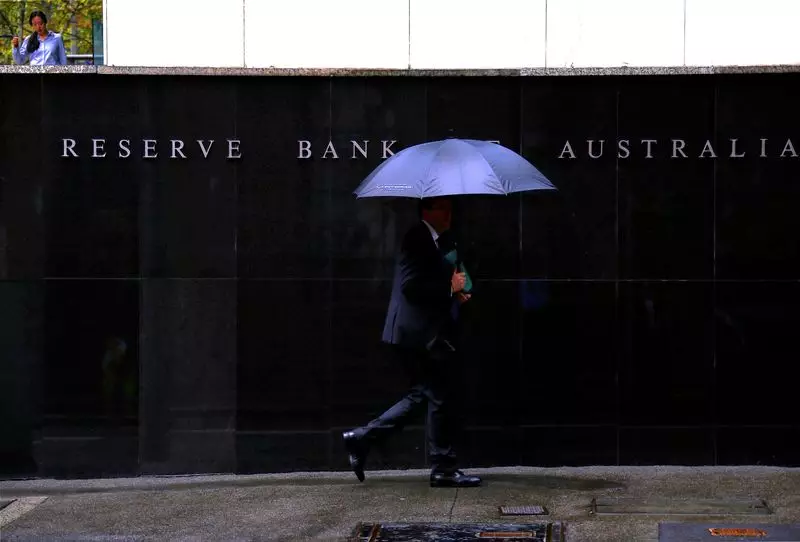Australia’s economic landscape presents a nuanced picture, characterized by a steady performance yet tempered by underlying inflationary pressures. As per recent analyses, particularly from a Reuters poll, it is anticipated that the Reserve Bank of Australia (RBA) will maintain its benchmark interest rate at 4.35% for the foreseeable future. This decision stems not only from strong economic activity but also from persistent core inflation, which demands a prudent and cautious approach in monetary policy.
Hitting a key milestone, consumer price inflation fell to 2.8% in the last quarter, finally aligning with the RBA’s target range of 2-3% for the first time in three years. However, when examining core inflation—an indicator that excludes volatile items—concerns remain as it continues to hover at elevated levels. Thus, the RBA’s monetary policy strategy exhibits a delicate balancing act between nurturing economic growth and controlling inflation.
The RBA’s recent history is characterized by aggressive rate hikes, culminating in a staggering 425 basis point increase from a record low of 0.10% to the current rate of 4.35%. This strategy, while less aggressive compared to some counterparts around the globe, reflects the RBA’s dual mandate to foster employment and ensure economic stability amidst an inflationary backdrop. Notably, Australia’s job market has remained resilient, maintaining an unemployment rate between 4.0% and 4.2% since April, signaling robust economic activity.
As the RBA contemplates its future steps, the prevailing sentiment among economists is one of caution. The possibility of easing rates appears limited, especially compared to other developed nations. This outlook is reinforced by a consensus from a recent poll conducted among 30 economists, all of whom expect the cash rate to remain unchanged during the upcoming November policy meeting.
Leading financial professionals like Craig Vardy, head of fixed income at BlackRock Australasia, indicate that the RBA may begin to soften its previous hawkish rhetoric, shifting towards a more balanced approach. The sentiment suggests that while the inflation data aligns with RBA expectations, it still hinders any immediate consideration of rate cuts in 2024; a timeline that could extend to early 2025 might be more plausible for any significant policy shifts.
Major Australian banks—including ANZ, Commonwealth Bank of Australia, National Australia Bank, and Westpac—align with the broader consensus, forecasting no rate changes for the remainder of 2023. Yet, they collectively anticipate that the RBA will initiate its first rate cut in February 2025, as economists believe that the economic environment might allow for some easing, provided inflation pressures abate.
Looking ahead, nearly 70% of economists surveyed project a potential 25 basis point cut in February, which would lower rates to 4.10%. The remaining projections vary, with most suggesting stability in rates, while a minority anticipate deeper cuts. Market sentiment appears to diverge, with many analysts not expecting any imminent rate reductions until at least April.
Compounding these forecasts is the expectation that the RBA may eventually converge towards a lower target, projecting an end-of-2025 rate at around 3.60%. In contrast, the U.S. Federal Reserve is poised for more aggressive cuts, suggesting a potential divergence in monetary policy that could affect currency valuations. This scenario could lead to the Australian dollar recovering losses, as per a separate Reuters poll, supporting predictions of it stabilizing around $0.68 against the U.S. dollar by early next year.
The RBA’s forthcoming strategies will hinge on closely monitoring both inflationary trends and employment statistics. The cautious approach signals a broader acknowledgment of the delicate balance required in today’s economic climate. As external factors from global economies continue to shift, the RBA’s careful navigation through these challenges will be paramount in sustaining Australia’s economic momentum while ensuring financial stability in the face of evolving conditions.

